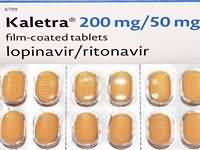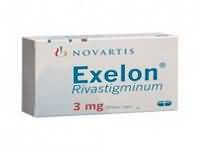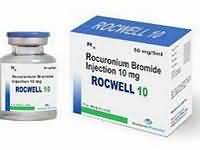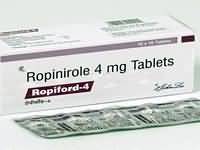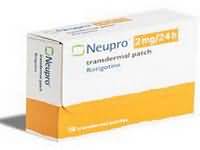tamsulosin

CLINICAL USE
Treatment of benign prostatic hyperplasia
DOSE IN NORMAL RENAL FUNCTION
400 mcg in the morning after breakfast
PHARMACOKINETICS
Molecular weight :445 %Protein binding :99 %Excreted unchanged in urine : 9 Volume of distribution (L/kg) :0.2half-life – normal/ESRD (hrs) :4–5.5 (M/R: 10–15)/Increased DOSE IN RENAL IMPAIRMENT
GFR (mL/MIN)
20 to 50 : Dose as in normal renal function 10 to 20 : Dose as in normal renal function <10 : Dose as in normal renal function. Use with caution DOSE IN PATIENTS UNDERGOING RENAL REPLACEMENT THERAPIES
CAPD :Not dialysed. Dose as in GFR <10 mL/min HD :Not dialysed. Dose as in GFR <10 mL/minHDF/high flux :Unknown dialysability. Dose as in GFR <10 mL/minCAV/VVHD :Not dialysed. Dose as in GFR 10 to 20 mL/min IMPORTANT DRUG INTERACTIONS
Potentially hazardous interactions with other drugs Anaesthetics: enhanced hypotensive effect Antidepressants: enhanced hypotensive effect with MAOIsBeta-blockers: enhanced hypotensive effect; increased risk of first dose hypotensive effect Calcium-channel blockers: enhanced hypotensive effect; increased risk of first dose hypotensive effect Diuretics: enhanced hypotensive effect; increased risk of first dose hypotensive effect Moxisylyte: possibly severe postural hypotension Vardenafil, sildenafil and tadalafil: enhanced hypotensive effect, avoid concomitant use ADMINISTRATION
Reconstition
– Route
Oral Rate of Administration
–Comments
– OTHER INFORMATION
Swallow whole with 150 mL of water while sitting or standingProtein binding is increased in renal impairment
See how to identify renal failure stages according to GFR calculation
See how to diagnose irreversible renal disease
Home

